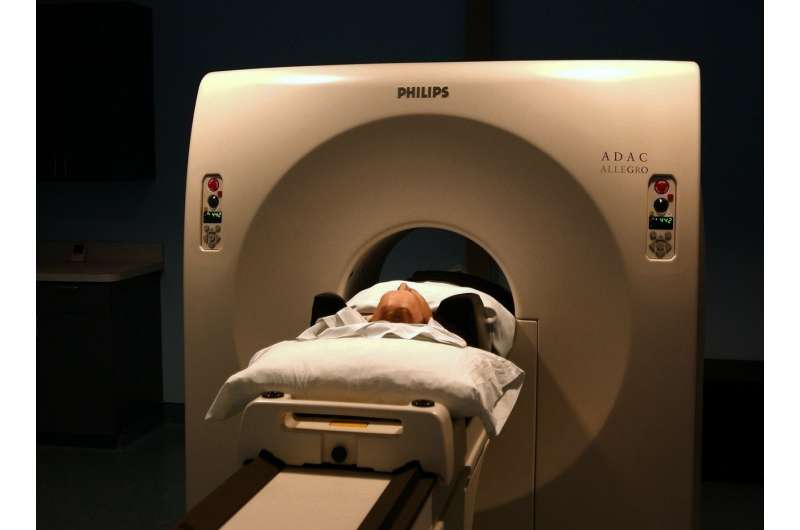Imaging advance to speed quest for cell therapies

Cancer treatments that involve transplanting cells into patients could move forward faster thanks to a new imaging system.
Scientists have devised a technique for tracking cells inside the body for up to a week so that doctors can gauge the effectiveness of cell-based therapies.
The system will speed up studies to test if these treatments are safe to use, the researchers say.
Infra-red tracking
With existing technology cells are tagged with chemical agents that emit infra-red light, but these agents degrade quickly, making it challenging to track cells for more than two days.
Now, experts at the University of Edinburgh have developed new chemical agents that emit infra-red light and are stable enough for long-term imaging.
Body scanners
The infra-red light is detected using body scanners without the need for surgery, revealing the exact location of the labelled cells.
Studies with mice found that cells labelled with the agents could be tracked inside the living body for up to seven days.
The chemical label did not affect the function of the tagged cells and was not transferred on to other cells, enabling the team to accurately monitor their fate.
"Long-term tracking of cells in the body has been a major unmet need in biomedical research. We hope these agents will help to speed up the development of cell-based therapies for use in people and animals," says Professor Richard Mellanby.
Following the cells for longer periods of time is crucial for showing how they work and proving they are safe.
Researchers say the advance will speed up safety testing of cell-based therapies in both animal studies and human patients. It will also mean that fewer animals are needed for testing.
"The new agents are a significant advance in our ability to follow the fate of cells without surgery. We hope this will ultimately reduce the number of mice used in research and will improve the quality of biomedical imaging studies," says Dr. Marc Vendrell.
More information: Richard J. Mellanby et al. Tricarbocyanine N-triazoles: the scaffold-of-choice for long-term near-infrared imaging of immune cells in vivo, Chemical Science (2018). DOI: 10.1039/c8sc00900g


















